Bananas are a perfect example of a rewarding plant that is also fast and easy to grow… provided you have the correct information. Its hard to name a plant that is more ubiquitous in the tropics than the banana. This is because you can plant a small specimen, and within one year you have a towering giant with fruit on it. This is also great when you just want to quickly fill in an area with large leafed foliage.
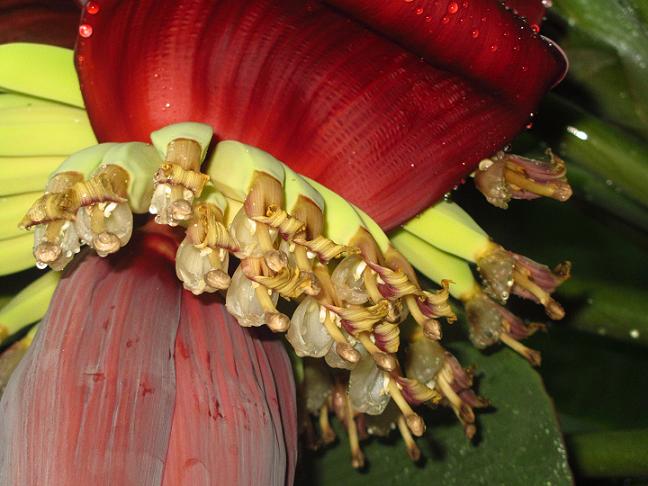
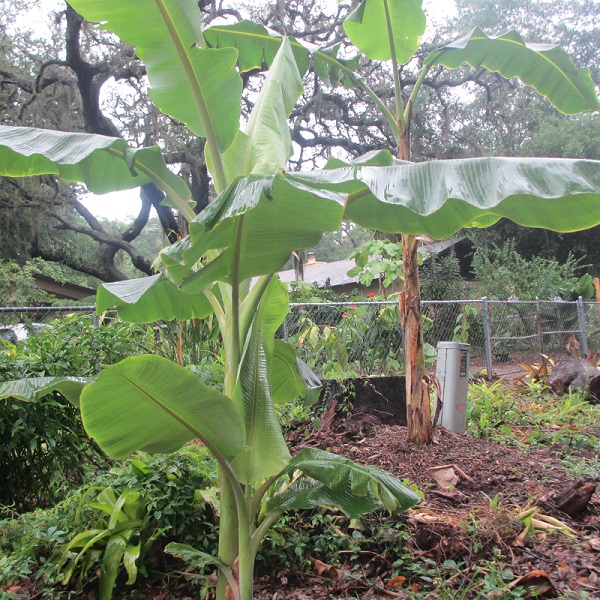
Its important to note that banana “trees” are not really trees. Their “trunk” is referred to as a pseudostem, which is really just layers of leaves wrapped tightly around each other. You can easily cut through them with a kitchen knife, like an onion. Bananas are monocots like grasses or bamboo, and they grow from a corm underground.
This corm, is the important part of the plant. If the corm is happy, the pseudostems will be healthy, vigorous, and numerous, with big beautiful leaves.
The real secret to growing banana plants is that they are GREEDY. There is no secret formula, just lots of the things all plants crave, and I mean LOTS. The more water, fertilizer, sunlight, and mulch they are given, the happier they will be. I frequently see neglected banana plants, and it makes me very sad. They’re so easy to grow if you just follow these simple rules:
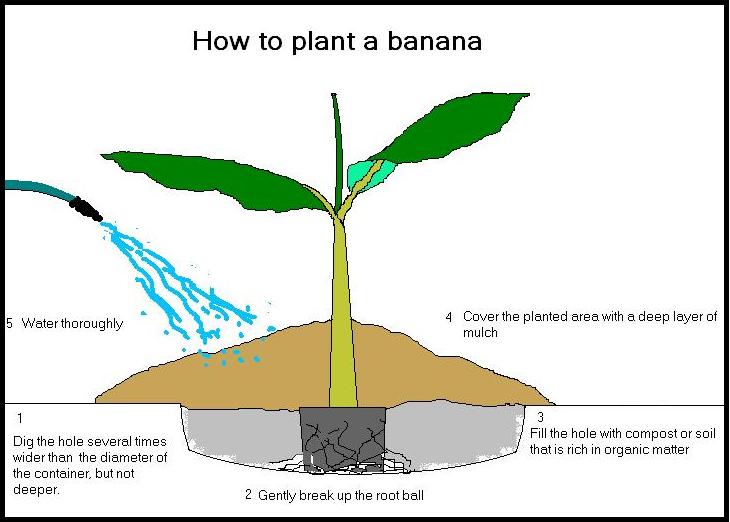
Rules for growing bananas
1. Light
Bananas need full sun to really do their best. They need at least four hours of direct sunlight to produce fruit. If they get less than that, they will grow, and can be a beautiful part of your landscaping, but they won’t produce bananas.
2. Water
Bananas don’t like to be dry. They don’t like soggy soil either. Standing water will rot the corm, and kill the plant. In dry conditions a large established plant can survive on the moisture stored in the corm, but this weakens the plant. Water them regularly.
3. Mulch
This is the key to having a thriving banana plant. Most plants will rot if you pile mulch up against their trunk, but not bananas. When you plant a baby banana, start with several inches of mulch, and add more as it gets taller. Pile it right against the trunk of the plant. Compost, or any other organic mulch works fine. I pile the mulch up about three feet deep around the base of an adult plant. You read that right, three feet deep. It sounds like a lot, but it settles down to less than two feet very quickly, and it breaks down over time. Pile it on, and add more every year.
4. Fertilizer
The Ideal ratio for banana fertilizer is 6-2-12. Use 1-1.5 lbs of granular fertilizer, every month during the growing season. Bananas stop growing when temperatures get too low. Don’t aply any fertilizer in the Winter months. I start fertilizing when I see the first new leaf emerging in the Spring, and I continue until the average daily low temperatures drop below 60F in the Fall. Bananas are hungry, feed them.
5. Pruning
There are two times when you need to prune a banana plant. If you follow the four rules above, then your plant will be very happy, and respond by sending up many little baby shoots… way too many shoots. Cut them off with a shovel when they are small, leaving the one most vigorous shoot to be next year’s banana producing shoot, as well as the large shoot that was already present of course. After a few years, when the corm gets a little older and larger, leave two baby shoots to grow for the following year. Allowing more than that to grow, spreads the plants resources too thin to produce well. The other time to prune, is after a shoot produces a bunch of bananas. Once you harvest the bunch, that shoot will not grow any more leaves or flowers. Cut it off at the base of the plant.
I tell people these rules any time they are willing to listen, but very few of them actually follow through with any of it. Sometimes they even ask me to look at their plant to see what I think is wrong. When I see the poor thing, it has no mulch, and the soil is bone dry. Bananas are easy, just give them what they want…lots of it.
Varieties
Ice Cream
ABB
Ice Cream is considered to be the most delicious desert banana by many. They are on the large side, growing to 12-15 feet tall.
Saba
ABB
This is the largest of the fruiting bananas in plant size. The short fat fruits are mostly used for cooking but are also quite delicious eaten as a desert banana. This is the most popular banana grown in the Phillippines.
Red Dwarf
AAA
This is a reall cool one. The fruits are deep red color, and the plant is ridiculously beautiful as well, with a great deal of red on the pseudostems and petioles. The fruit is very sweet, yellow, and denser than a typical caendish group banana.
Namwa
Why are bananas seedless?
All of the edible banana varieties are from the same two species; Musa acuminata, and Musa balbisiana, or sometimes they are a hybrid between the two. These species tend to produce triploid progeny which is why they are used to produce new banana varieties. Triploid bananas are parthenocarpic (produce fruit without being pollinated resulting in seedless fruit) which is good because banana seeds are hard and the size of marbles, which would render the fruit mostly inedible


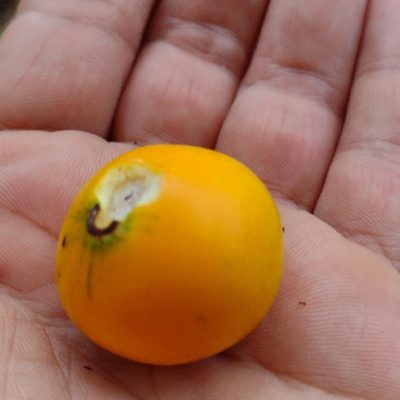
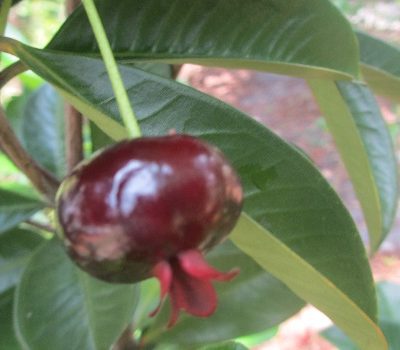
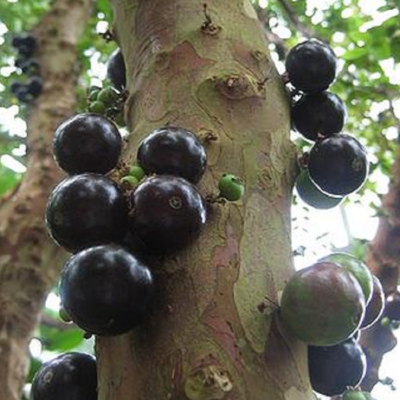
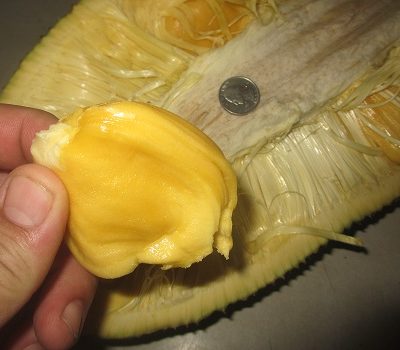
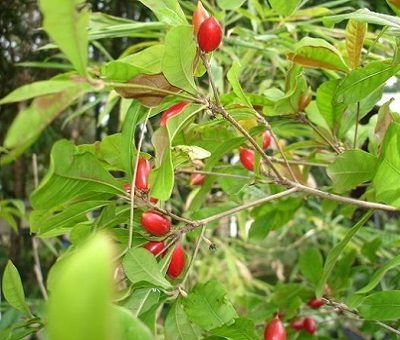
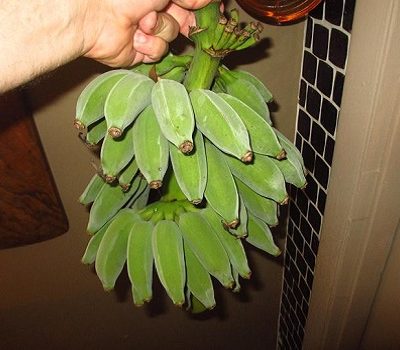

Really excellent post, I surely adore this
website, keep on it.
Thanks!
Great line up. We’ll be linking to this great article on our site.
Keep up the good writing.
Thanks!
What size should you wait for the swordsucker to get before transplanting?
I let them get about two feet tall or so, depending on the variety.
Hi Randy. Thanks for all the information thia is truly helpful. My question is that I have planted a banana tree bordering the neighbours. I do not necessarily expect any fruit but want it to form a clump which will block the view onto us and the sounds. Bi have removed one pup off rhe plant and the mother plant has a bunch of fruit on it. Should I just continue watering and feeding the plants and wait and see? I would like to get the best out of them in the form of a cluster of trees. I live in South Africa in the banks of the Crocodile river directly opposite the Kruger Park. We see animals in the park daily, coming for a drink of water. Thanks for a very helpful post. Kind Regards, Maggie.
Hello Maggie
Yeah, just feed em water em, and let em go. Any pseudostems that have bloomed need to be removed, just as you have done. Also remove dead leaves to keep too much fungi from growing. Just remember that the more pseudostems a corm is growing, the more resources it will need. SUPER jealous about all of the wildlife you get to enjoy. We’ve got some great wildlife here in Florida too. Cheers!
Hi Randy,
I just moved into a house over this past summer and enjoyed the beautiful banana tree. As winter neared, the big flower blossom (which was huge) started to get dark and droopy so I cut it off. The stalk is about 6 feet tall, and now I’m concerned that I may have killed the plant. Should I just wait for spring to see if new leaves come out?
Once the pseudostem has bloomed, it will not grow anymore, but the plant is not dead. The corm underground will send up new pseudostems. Here is a video I made that you might find useful. https://www.youtube.com/watch?v=03fJo7GXw48&t=19s
Do they produce in zone 9?
Yes I am in zone 9
Hi Randy, I have new banana trees growing out of the middle of cut down trees. Will these grow and bear fruit, or should I cut them down? Thankyou for your video on sword and water suckers…..will be digging out those water suckers!
If they are growing then they can bloom and produce.
Where can I get 6-2-12 fertilizer?
I am now using 10-10-10 and 0-0-60. I use one pound of 0-0-60 for every two pounds of 10-10-10. This yields a ratio of 7-7-27, which works well. You can get both at feed/farm stores. They will know what 10-10-10 is, and the 0-0-60 is sold as sulfate of potash. Cheers!